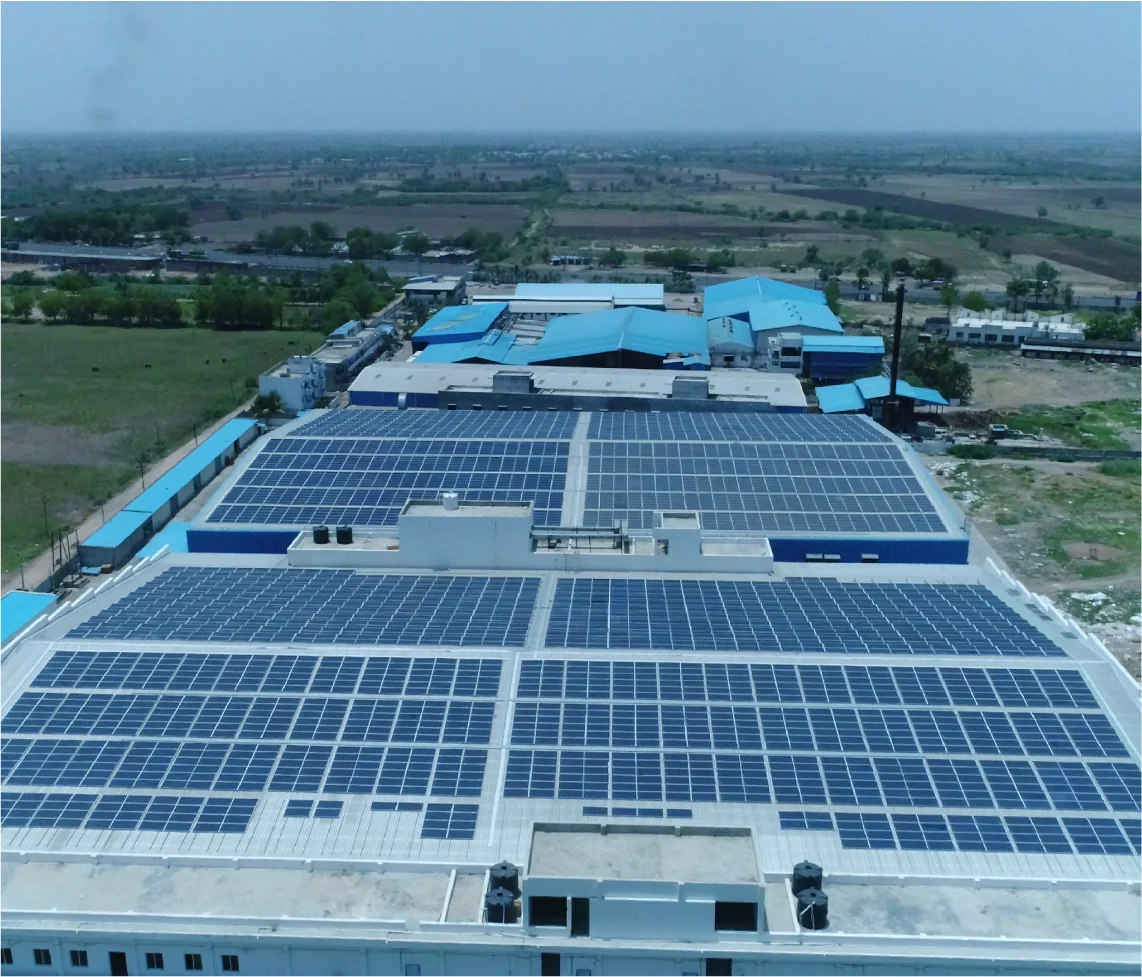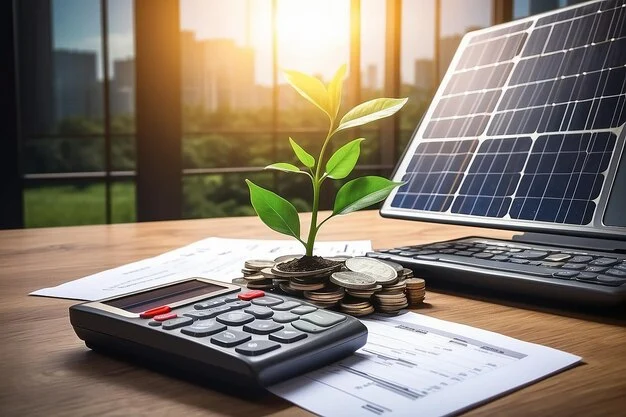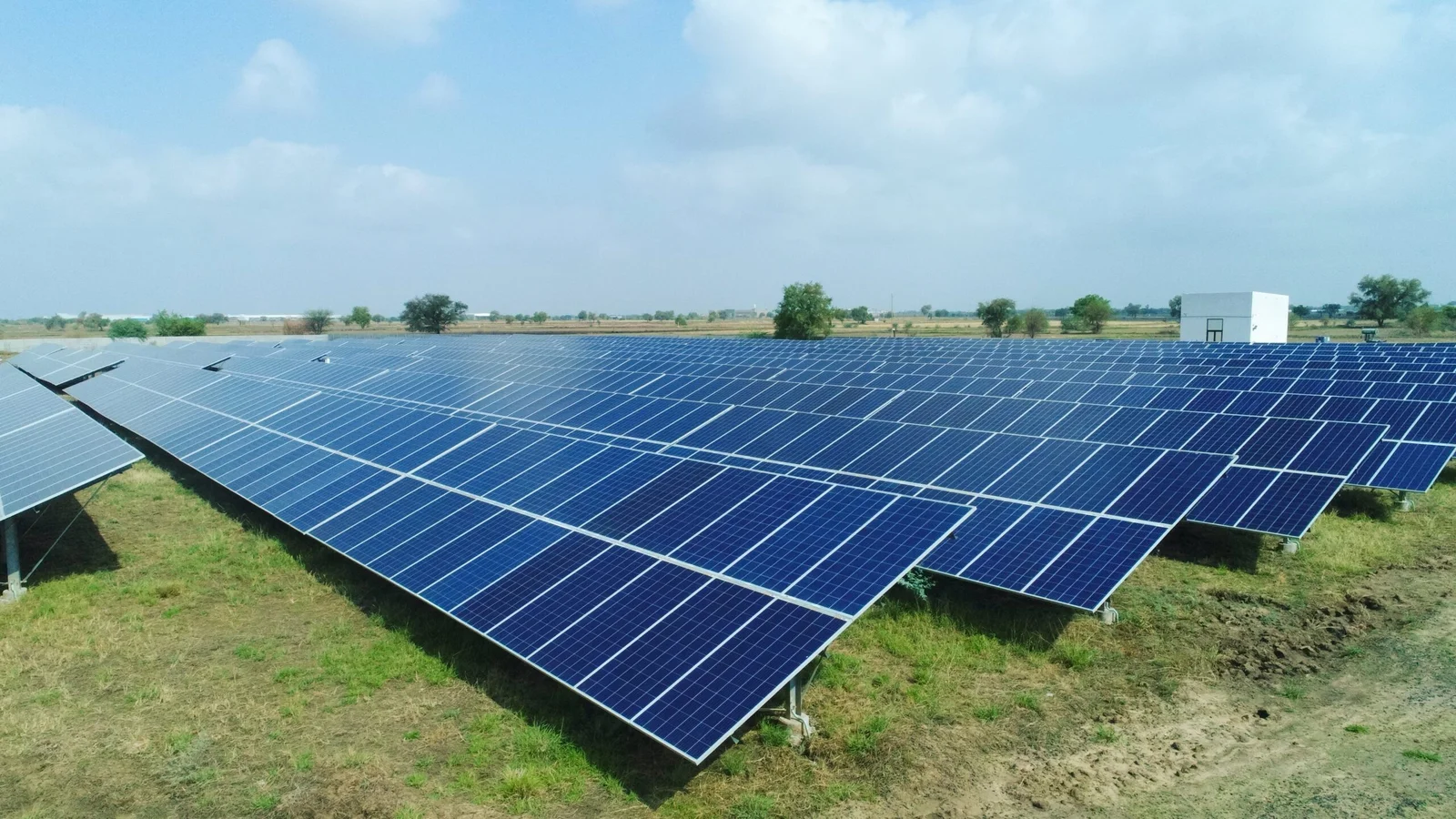As climate change concerns continue to grow and energy costs rise, the UK is increasingly turning to solar energy as a viable and sustainable solution. Power Generation Solar in the UK has evolved significantly over the past decade, driven by advancements in technology, supportive government policies, and a growing awareness of environmental issues. This comprehensive guide will delve into the current state of solar energy generation in the UK, exploring its benefits, technological advancements, market trends, and future prospects.
The United Kingdom has been increasingly turning to renewable energy sources, with solar power playing a critical role in the country’s energy mix. As the world moves toward a greener future, the UK has set ambitious targets to reduce carbon emissions and enhance sustainability. Power generation solar in the UK is not just a part of this strategy but a cornerstone, contributing significantly to the national grid. This article delves into the current state, growth, challenges, and future prospects of power generation solar in the UK.
The Current State of Power Generation Solar in the UK
Power generation solar in the UK has seen remarkable growth over the past decade. According to the UK government, solar energy capacity reached approximately 14 GW by 2023, making it one of the leading sources of renewable energy in the country. The widespread adoption of solar panels across residential, commercial, and utility-scale projects has driven this growth. The UK government has also implemented various incentives, such as feed-in tariffs (FiTs) and subsidies, to encourage solar adoption.
The UK’s power generation solar is characterized by its diversity, ranging from rooftop installations on individual homes to large solar farms that feed directly into the national grid. Despite the country’s relatively low levels of sunshine compared to other regions, advancements in solar technology have made it possible to generate significant amounts of electricity even under cloudy conditions.

Factors Driving Power Generation Solar in the UK
Several factors contribute to the growth of power generation solar in the UK:
Government Support
The UK government has played a pivotal role in promoting solar energy through policies, subsidies, and grants. The introduction of the Smart Export Guarantee (SEG) in 2020, which replaced the FiTs, ensures that small-scale solar generators receive payment for the excess electricity they export to the grid.
Technological Advancements
With approximately 1.3 million installations contributing to 15 GW of solar power capacity by 2023, the UK solar industry has experienced remarkable expansion.
Environmental Awareness
Increasing awareness of climate change and the need for sustainable energy solutions has led to a surge in demand for power generation solar in the UK. Consumers and businesses alike are opting for solar installations to reduce their carbon footprint and energy costs.
Photovoltaic (PV) Technology
Modern PV technology has significantly improved the efficiency and cost-effectiveness of solar panels. High-efficiency solar cells, such as monocrystalline and polycrystalline panels, are now available, providing better performance and durability. Innovations like bifacial panels, which capture sunlight on both sides, and flexible solar panels are expanding the potential applications of solar energy generation in the UK.
Challenges Facing Power Generation Solar in the UK
Despite its growth, power generation solar in the UK faces several challenges:
Weather Dependence
The UK’s weather is notoriously unpredictable, with long periods of overcast skies and limited sunlight. This can impact the efficiency of power generation solar in the UK, although technological advancements have mitigated some of these issues.
Grid Integration
As the share of power generation solar in the UK increases, integrating this intermittent energy source into the national grid poses technical challenges. Grid operators must manage fluctuations in solar power generation and ensure a stable supply of electricity.
Land Use
Clearing land, compacting soil, and changing drainage systems may be necessary for large-scale solar farms. Nonetheless, a study discovered that solar power facilities can occupy the same amount of land, if not less, as coal power plants per kilowatt-hour. Carbon dioxide emissions from solar power plant deforestation can also occur, but they are still lower than those from coal-fired power plants.
Policy Uncertainty
Changes in government policies and incentives can create uncertainty for investors and consumers. The transition from FiTs to the SEG, for example, caused some disruption in the solar market.
The Future of Power Generation Solar in the UK
The future of power generation solar in the UK looks promising, with several developments on the horizon:
Expansion of Solar Capacity
The UK government has set ambitious targets for increasing renewable energy capacity, including power generation solar in the UK. By 2030, the UK aims to have at least 40 GW of solar capacity, which would significantly boost the country’s renewable energy generation.
Integration with Energy Storage
The development of energy storage technologies, such as batteries, will play a crucial role in the future of power generation solar in the UK. Energy storage allows excess solar power to be stored and used when sunlight is not available, enhancing the reliability of solar energy.
Decentralized Energy Systems
The rise of decentralized energy systems, where consumers generate and use their own solar power, is expected to grow. This shift could reduce the strain on the national grid and promote energy independence for households and businesses.
Innovations in Solar Technology
Ongoing research and development in solar technology are expected to yield more efficient and cost-effective solutions. Innovations such as bifacial solar panels, which capture sunlight on both sides, and solar windows, which integrate photovoltaic cells into building materials, could revolutionize the industry.
Market Trends and Adoption Rates
Growth of Solar Installations
As of June 2024, the UK’s solar capacity was at 16.9 gigawatts (GW), having expanded gradually by 18,000% since 2010. This translates to 5.6 million 3kWp worth of solar power systems. By 2024, the UK’s solar capacity is anticipated to have increased by more than 2 GW.
Government Incentives and Policies
The Warm Homes Nest Scheme, which provides funds covering up to 100% of the installation expenses for low-income households, or the EC04 award may make you eligible for free solar panels. The goal of these programs is to lower energy expenses and increase energy efficiency for qualifying homeowners.
Government policies play a crucial role in promoting solar energy generation in the UK. The UK government has implemented various schemes to support the adoption of solar power, including Feed-in Tariffs (FiTs), the Renewable Heat Incentive (RHI), and the Smart Export Guarantee (SEG). These incentives provide financial support for solar installations and encourage investment in renewable energy.
Commercial and Residential Adoption
Both residential and commercial sectors are embracing solar energy generation in the UK. Homeowners are increasingly installing solar panels to reduce their electricity bills and increase property value. Businesses are also adopting solar power to cut operational costs and enhance their sustainability credentials. The rise of community solar projects and solar farms further supports the growth of solar energy generation in the UK across different sectors.
The Role of Power Generation Solar in the UK’s Energy Mix
Power generation solar in the UK is becoming an increasingly important part of the country’s energy mix. In 2023, solar energy accounted for around 4% of the UK’s total electricity generation. While this may seem small compared to other sources like natural gas and wind, the contribution of solar power is expected to grow as more installations come online and technological improvements continue.
Power generation solar in the UK offers several advantages for the country’s energy mix:
Reduced Carbon Emissions
Solar power is a clean, renewable energy source that produces no greenhouse gas emissions during operation. By displacing fossil fuel-based generation, power generation solar in the UK helps reduce the country’s carbon footprint.
Energy Storage Solutions
The solar capacity of the UK increased from 2.68 GW in 2013 to 15.45 GW in 2023, and this growth is anticipated to continue as solar panels get more efficient. By 2035, the government wants to have increased solar capacity five times to 70 GW.
Economic Advantages
The financial benefits of solar energy generation in the UK are significant. Solar panels can significantly reduce electricity bills by generating power on-site. Furthermore, the solar energy market has created thousands of jobs in installation, maintenance, and manufacturing. As technology advances, the cost of solar panels continues to decrease, making it a more accessible option for homeowners and businesses alike.
Conclusion: The Bright Future of Power Generation Solar in the UK
Power generation solar in the UK has made significant strides in recent years, driven by government support, technological advancements, and growing environmental awareness. Despite challenges such as weather dependence and grid integration, the future of power generation solar in the UK looks bright. With continued investment and innovation, solar energy is set to play a crucial role in the country’s transition to a low-carbon, sustainable energy system.
As the UK continues to increase its solar capacity and integrate advanced energy storage solutions, power generation solar in the UK will become an even more vital component of the national energy mix. The potential for power generation solar in the UK is vast, and with the right policies and technologies in place, the country can achieve its renewable energy goals and contribute to global efforts to combat climate change.
In conclusion, power generation solar in the UK is not just a trend but a fundamental shift towards a more sustainable and secure energy future. The combination of government initiatives, technological progress, and societal commitment to environmental sustainability ensures that power generation solar in the UK will continue to grow and thrive for years to come.










